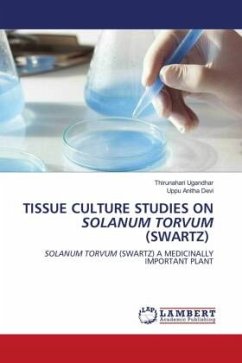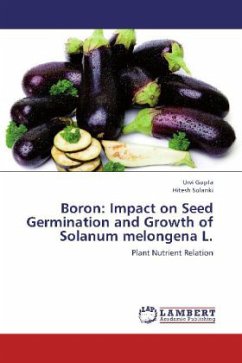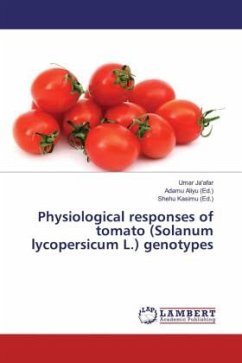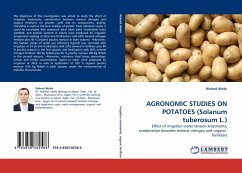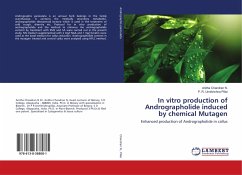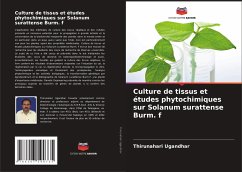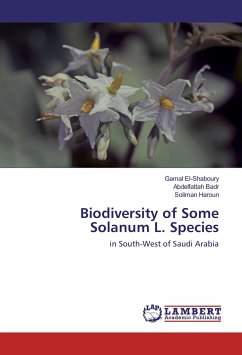
In Vitro culture and synthetic seed production in Solanum Lycopersicon
Tissue culture and synthetic technology of Solanum Lycopersicon mill.
Versandkostenfrei!
Versandfertig in 1-2 Wochen
47,99 €
inkl. MwSt.

PAYBACK Punkte
24 °P sammeln!
The family Solanaceae is composed of approximately 90 genera and between 2,000 and 3,000 species. The family is widely distributed throughout tropical and temperate regions of the world, with center of diversity occurring in Central and South America and Australia. Within this family, Solanum is the biggest genus in the family, with the widest range of geographical distribution. In Solanum in particular, 41 species are represented in India, of which 19 are native, 8 naturalized, 10 cultivated and 4 cultivated experimentally, out of a total of 1700 species recorded all over the globe. S. licope...
The family Solanaceae is composed of approximately 90 genera and between 2,000 and 3,000 species. The family is widely distributed throughout tropical and temperate regions of the world, with center of diversity occurring in Central and South America and Australia. Within this family, Solanum is the biggest genus in the family, with the widest range of geographical distribution. In Solanum in particular, 41 species are represented in India, of which 19 are native, 8 naturalized, 10 cultivated and 4 cultivated experimentally, out of a total of 1700 species recorded all over the globe. S. licoperiscon commonly known as tomato is a plant of great Vegetable importance. Its extract, rich in Solanine and Solasodine (steroidal alkaloids) have beneficial effect on bronchial asthma. It is cultivated in tropics for its immature edible fruits. Alkaloids are a class of nitrogen compounds structurally diverse, found in all momentum to the improvement of a crop. Thus, realizing the prospects for future research, relevant literature to "In Vitro culture studied in S. licoperiscon" has been studied. S. licoperiscon plant were studied with respect to aspects such as Callus induction.



